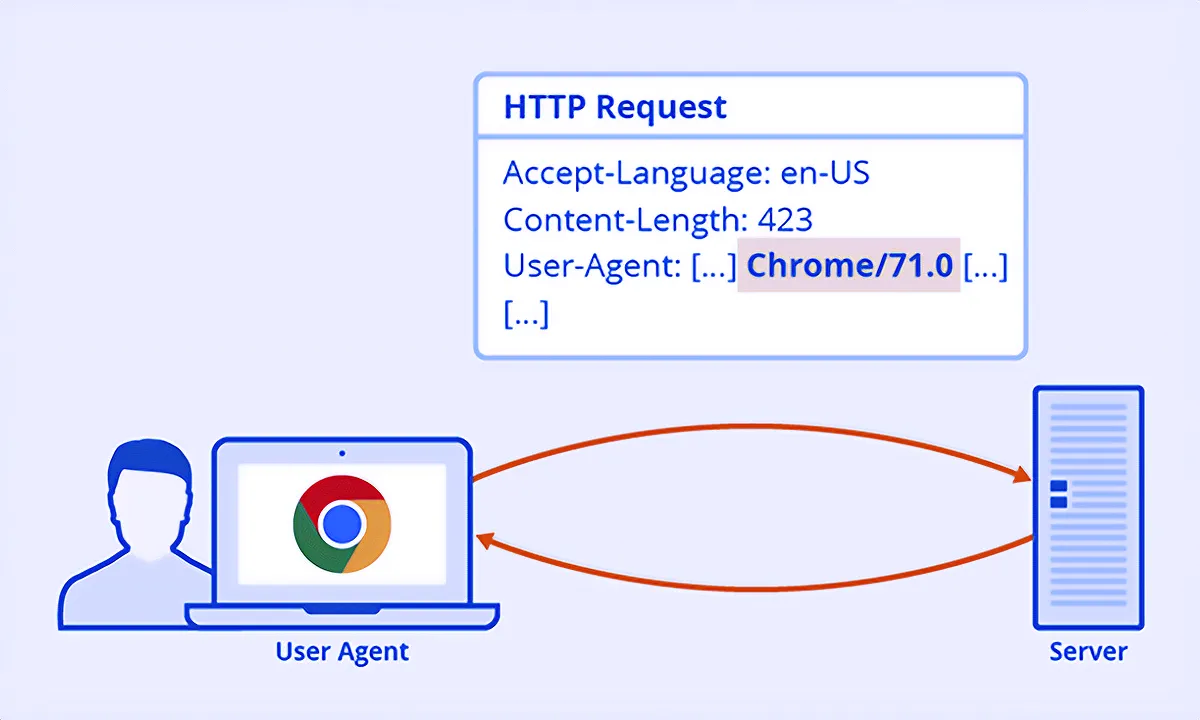Automatic Browser User-Agent Checker
When you access this page, your current browser’s User-Agent is displayed instantly.
Easily check it on mobile too — perfect for testing and debugging.
👉 Quick Access Link: https://vvd.im/agent

Mozilla/5.0 AppleWebKit/537.36 (KHTML, like Gecko; compatible; ClaudeBot/1.0; +claudebot@anthropic.com)
Have questions?
Check the FAQ.
A User-Agent is a string automatically sent by your browser when accessing a website, including browser type & version, rendering engine, and operating system details.
Common browser examples: Chrome, Edge, Safari, Firefox, Naver Whale, etc.
Example: Mozilla/5.0 (Windows NT 10.0; Win64; x64) AppleWebKit/537.36 (KHTML, like Gecko) Chrome/124.0.0.0 Safari/537.36
- Usage: Site analytics, customized UI, debugging, service quality improvements.
- Note: Strings may vary with browser & OS updates, so they have limitations for absolute identification.
User-Agent data identifies browser, operating system & device, helping websites deliver optimized experiences tailored to each environment.
- Customized UI: Platform-specific features, linking to app stores (App Store & Google Play, etc.).
- Analytics & Marketing: Visitor environment analysis, marketing strategy development.
- Security & Operations: Detecting abnormal access, debugging browser-specific issues, strengthening policies.
While browser compatibility has improved significantly, User-Agent data remains vital for optimization and site management.
For everyday browsing there’s no issue, but in cases like web development & app integration & site error diagnosis & browser compatibility testing, you may need to verify the actual User-Agent value.
- When a site feature doesn’t work properly.
- When customer support requests your “User-Agent value.”
- When developing or testing apps or browser extensions.
With this tool, you can instantly view, copy, and share the real User-Agent, making it essential for troubleshooting, service improvement, technical support, and development collaboration.